Back in July, I published the first article in the Mirrorless on the Job series. In the article, I shared my experience as a professional photographer who uses mirrorless cameras for work with a specific focus on the OM-D E-M5 by Olympus.
As you can guess from the title of this second episode, I also use the Fujifilm X100s on the job, but in this case I have a different story to tell. While the E-M5 switch was premeditated because I was looking for an alternative to my DSLR, the incorporation of the Fuji into my workflow was almost a natural yet unexpected transition. When I first bought it, I was sure that I would only use it for personal purposes but I ended up carrying it with me at all times, often using it alongside my E-M5 as a second body and sometimes even as my primary body for some assignments. This unexpected combo has given me a lot of surprise and satisfaction in the year I’ve been using it.
So how does the X100s complete the gear I require for my work?
The purpose of a second body
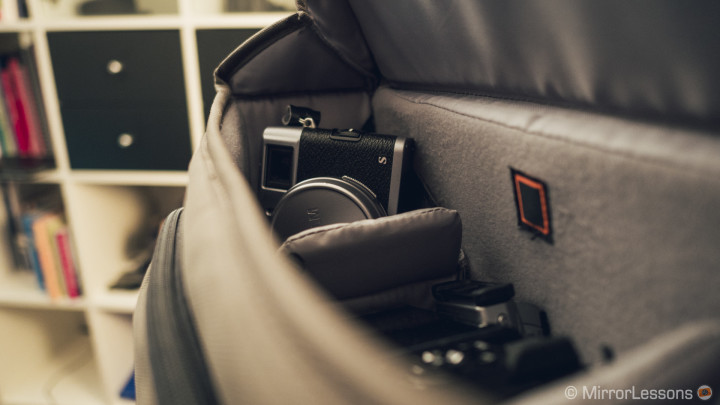
Usually photographers choose to use two bodies (or even three) to avoid changing lenses every time they need a different focal length. I have seen many photographers carrying one body with a 24-70mm f/2.8 and another with a 70-200mm f/2.8. Another popular combo is the multi purpose zoom on one and the fast prime on the other.
A second body can also be a good backup. Imagine if you had an assignment far from home and for some reason one of the two bodies stopped working. You would still be able to continue with your photo shoot with the one body. Not that this happens often (I hope never) but from a professional point of view, it is always a good thing to consider. There are also photographers who use two systems (like DSLR and medium format), but this is because they may engage in very different types of photographic work – they won’t necessarily use them together.
In my DSLR experience, I used to have an old Nikon D700 with a Nikon D90 as a backup. I would use the D90’s smaller sensor (DX) with the 80-200mm to get some extra length. The bottom line is that there are many reasons to have a second body, but most of the time we instinctively pair two similar or identical bodies. For instance, on several occasions, I pair my E-M5 with the Pen E-P5 as they share the same exact sensor, and recently even with the Panasonic GX7, which I’ve found more portable than the E-P5 thanks to its built-in EVF.
But there is nothing wrong with choosing a second body which differs from your main body; a second body you can use for specific situations or assignments.
This kind of second body isn’t something that you integrate with the rest of your gear but use as an alternative, to obtain another perspective which isn’t only tied to the use of various lenses. It is a pure personal choice; something different that you can add to your photo session for your personal satisfaction and for the final result. This is what I get with the Fujifilm X100s.
The X100s is pure instinct
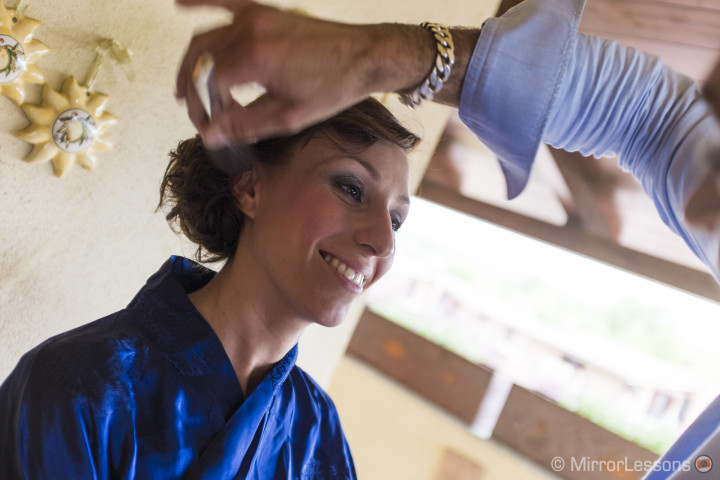
The first thing I like about the X100s more than any other camera is its straightforwardness. It brings all operations down to minimal (and manageable) level thanks to its shutter speed dial and aperture ring on the lens, similar to old rangefinder cameras. I actually love to work in Aperture priority mode with the exposure compensation dial. ISO looks good no matter what value I set it to, which is why I often leave it in Auto mode. Since I have been using this camera for a while now, I’ve also saved my favourite settings for colour or black and white in case I want to use the out-of-camera JPGs. Last but not least, it has a fixed prime 23mm lens (35mm equivalent in full frame format), so I don’t have to worry about which lens to use.
With the Fuji X100s, I just pick it up, turn it on and start shooting. I don’t have to care about anything else.
This approach lets my instinct lead the operation. I see something, I take the shot. I rarely think for a long time about the composition once my eye has met the viewfinder – it all happens before. My eye catches something, my body makes a move if I need to get closer or if a different perspective might be better, and I bring the camera to my eye. Click.
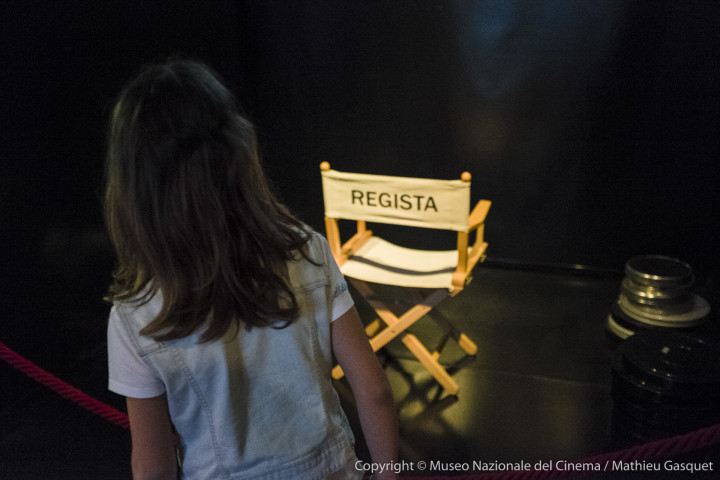
This is also why the X100s is rarely the first camera I pull out of my bag when start working.
It is the camera that I pull out when I think “Okay, what more can I bring to the story I’m documenting?”.
It could be at the end of the day, in the middle, when I go back to the same place for a second visit or when I have enough pictures taken with the other camera and just want to add something extra.
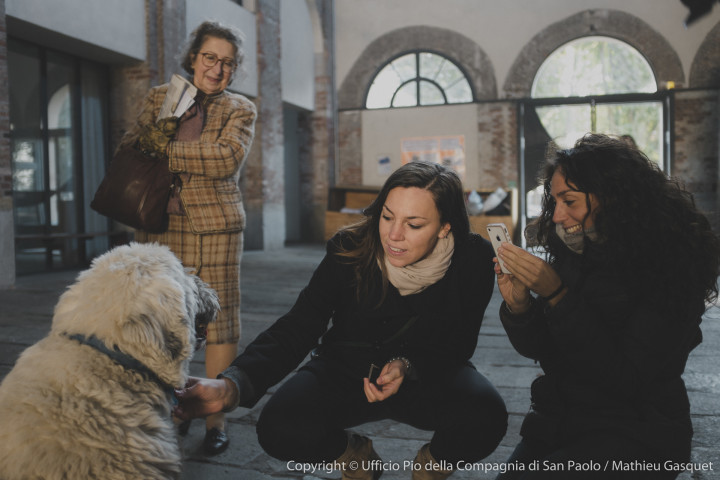
I think this also explains why the X100s is the camera I use the most for my personal photography. It is the camera that I always have with me. I use it for work like I use it on the streets for myself. Once I have enough pictures on my memory card of the mayor, the director, or the prize being given at an event with my main body, I can then enjoy the last half hour or even couple of minutes taking pictures as I please with the X100s. Sometimes I come back home with something unexpected, sometimes with a bunch of shots destined for the bin. It is an extra. A pinch of personal pleasure in a photo shoot which, after the 100th time, can sometimes be boring.
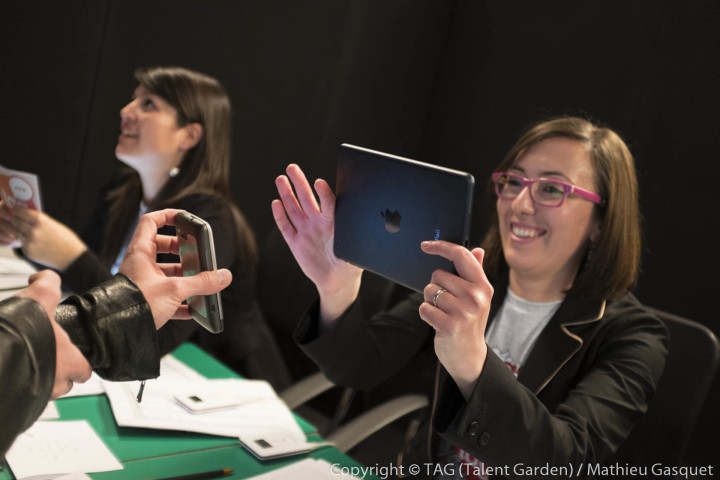
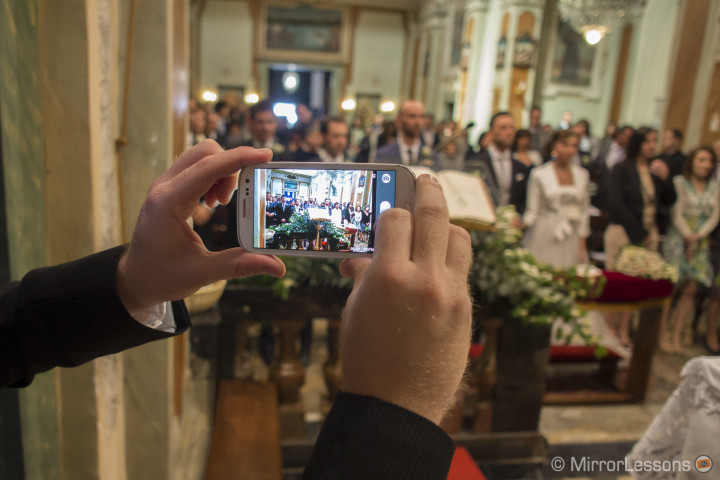

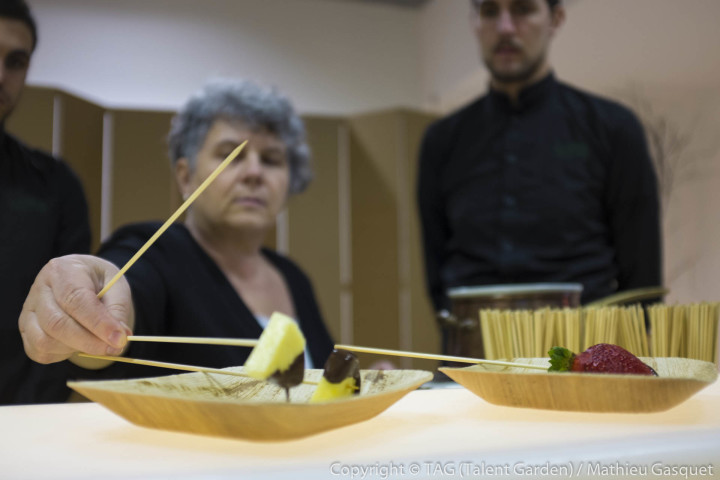
The X100s mingles with the people
There’s another factor that makes me prefer the X100s to other bodies as a second camera, and that is its fixed prime lens. What I like about a fixed lens is that it requires me to constantly move to find the right composition. And I’ve found that by moving around, I blend in better with the people around me.
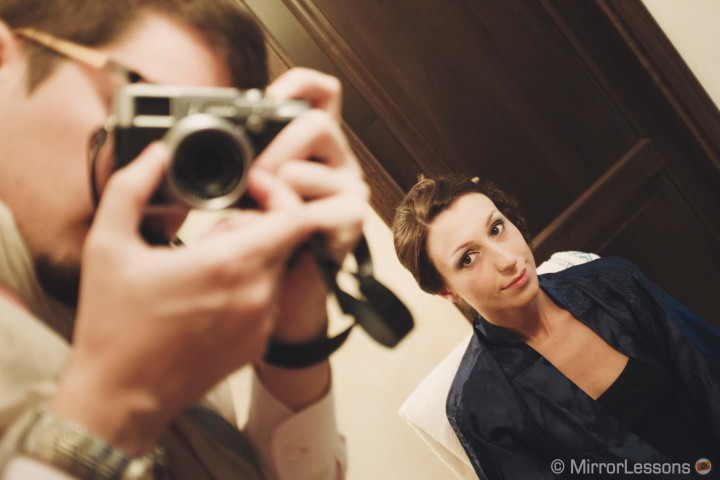
My work mainly consists of event reportage, but I always try to capture the perfect moment without being noticed. I take the custom posed photographs when I need to but I prefer to catch fleeting smiles and expressions without people worrying about how they look for the camera. So, when I want to catch something unique and stay close to my subjects, I whip out the X100s. Its compact size and “pancake” lens make it very discreet. If I activate the silent mode, no one hears it. I walk around and take photos in a very natural way. People often don’t even notice me. I compose, I take the shot. Pure instinct. Nothing more.
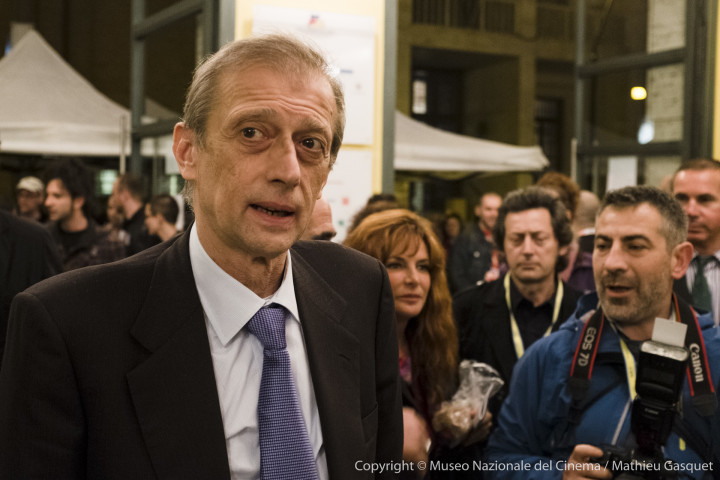
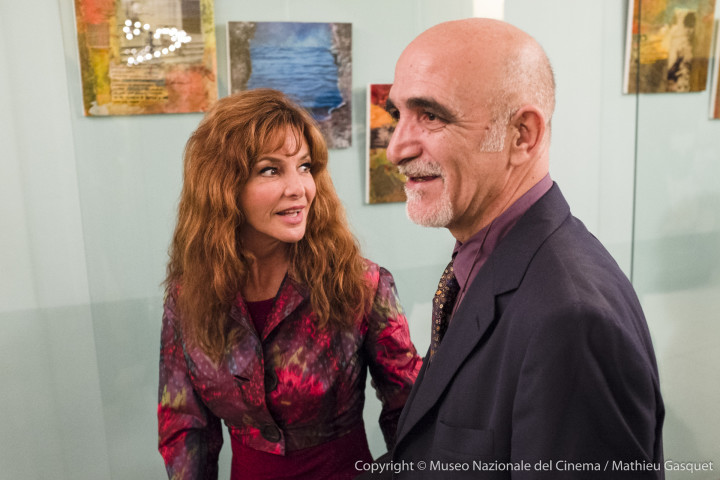
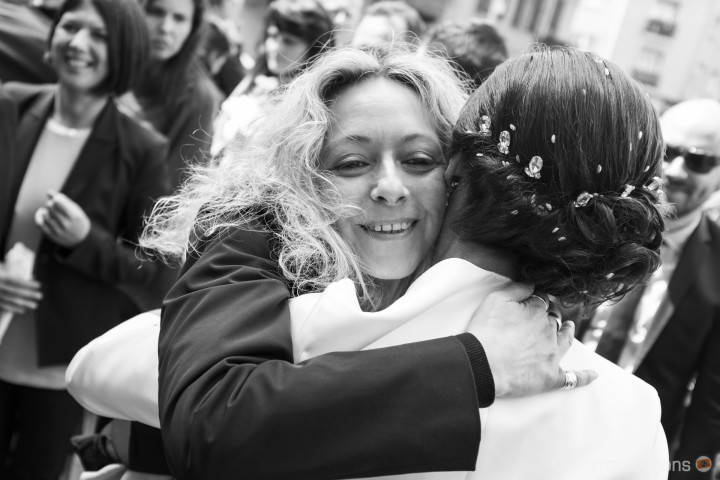
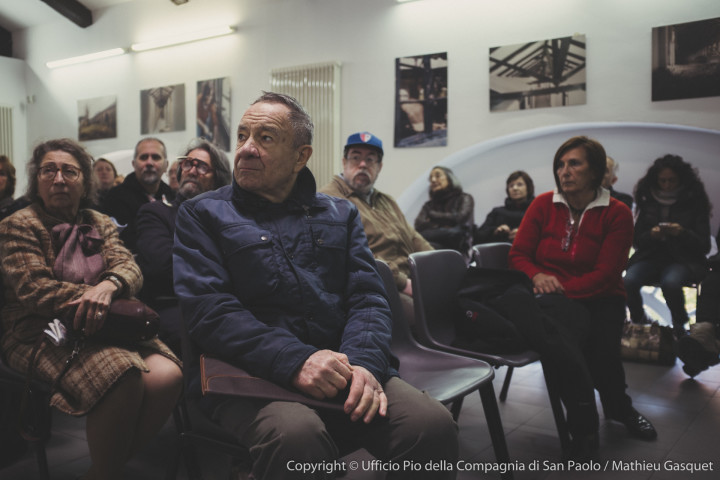
A 35mm equivalent is the perfect focal length to show what’s around a person or a group of people, not only on the X100s but on any camera using that focal length. I must say that I never had one before buying the X100s. Since I have the X100s, I don’t feel the need to have the same equivalent lens on my E-M5. Having different focal lengths on my two bodies also means that I can assign specific tasks to each.
Of course, I know my X100s and its limits. Especially when shooting people, its 23mm focal length (35mm equivalent lens on full frame format) generates some distortion which can highlight imperfections on people’s faces. This is important to consider if you are shooting weddings for example. But if you are careful, it works very well.
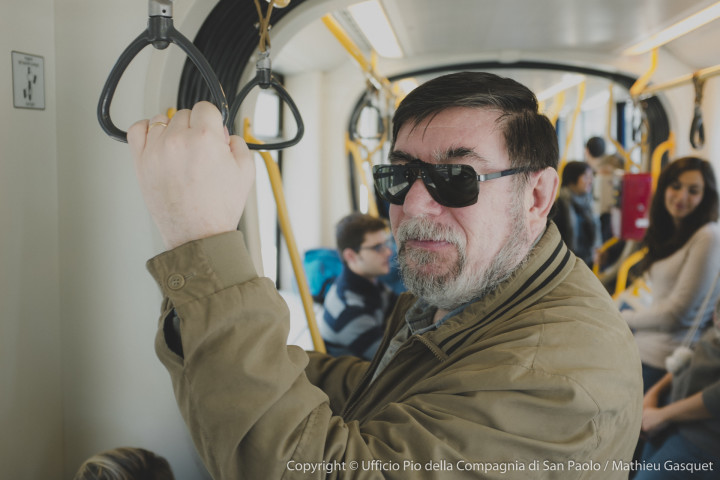
The X100s is also my go-to “backstage” camera.
It is perfect for showing exactly what is going on around the people I have to photograph. But it isn’t only a question of lens length.
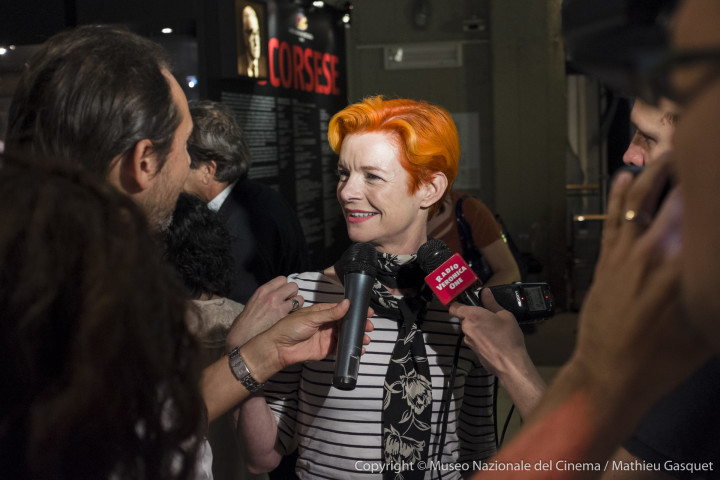
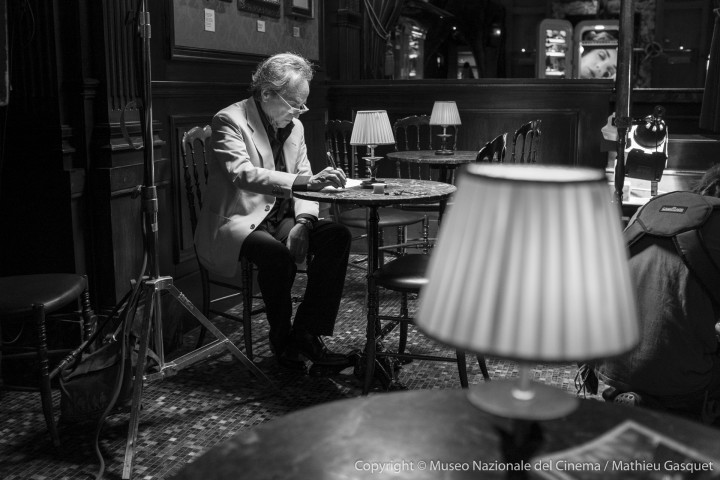
As I said, the camera is discreet. People usually feel relaxed with it. I could say the same thing about my E-M5 as it has a similar design, but while its size is way smaller than a DSLR, it is still bigger than the X100s especially with a telephoto lens mounted and flash unit attached to the hot-shoe. So for certain tasks, the X100s also works well as my “introduction” camera. I’d gladly take it behind the stage of a theatrical performance for a few minutes before the beginning and take some backstage shots. The camera is that unobtrusive.
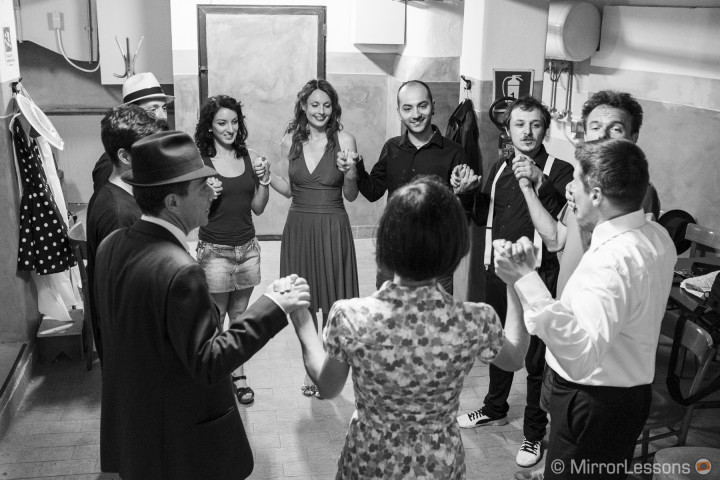
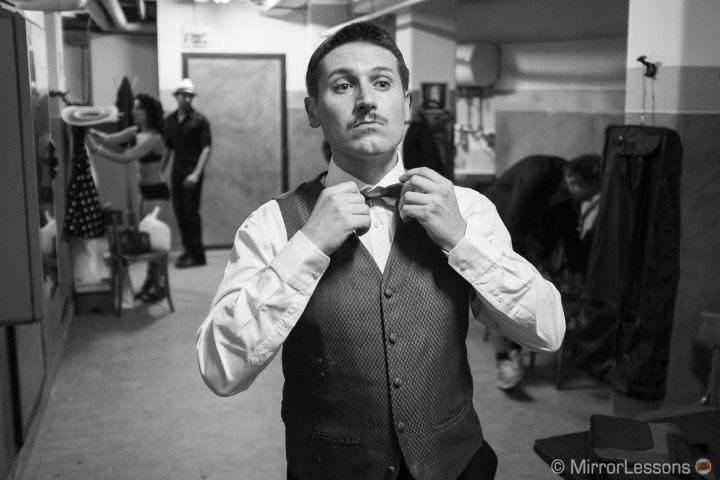
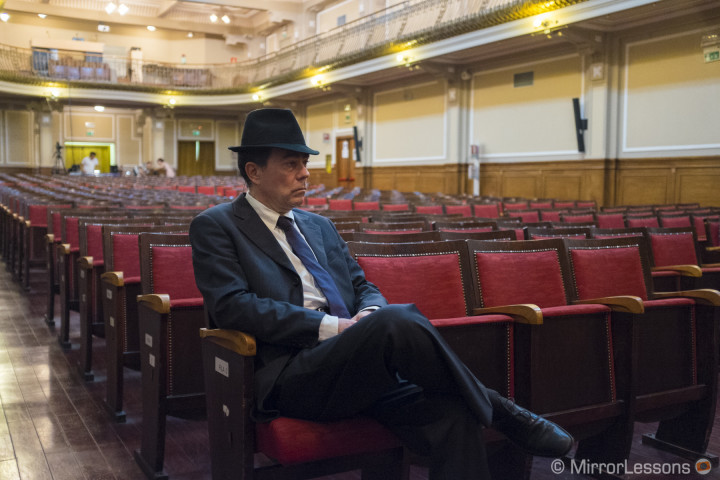
Finally, there are also times when the retro look of the camera initiates a conversation with the person. They often ask me if it is a Leica, or they are just pleased at the thought that I’m still shooting film. One day, when I had to take a quick picture of a film director and his colleague after a presentation at the cinema, they start joking about my camera in a genuine way, and that made the session very easy, fast and enjoyable.
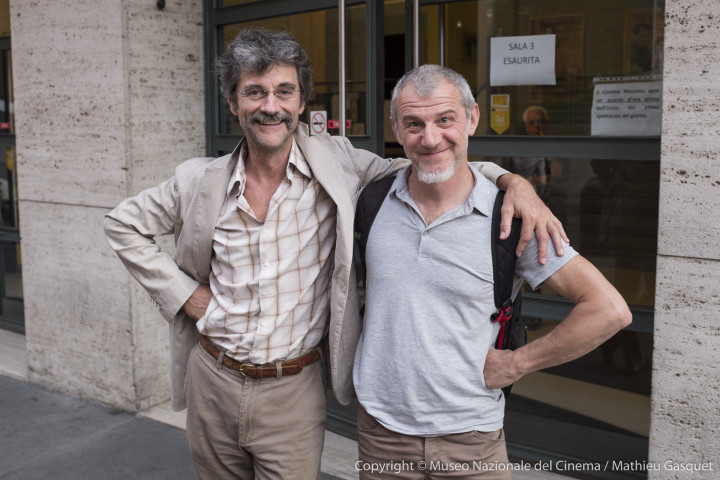
The X100s is also the perfect street companion. Last week, one of my clients asked me to shoot a reportage of a special day where volunteers took a city tour of the run-down and poverty-stricken areas of Turin. For that particular task, I choose to use only the X100s. I didn’t want to carry much gear, and I thought that having one camera with one lens was more than enough and would allow me to observe and work in a discreet way. It was the first assignment where I only used this camera, and this confirmed how much you can do with it, despite the apparent limitations. I cannot think of a more perfect camera for street photography in general.
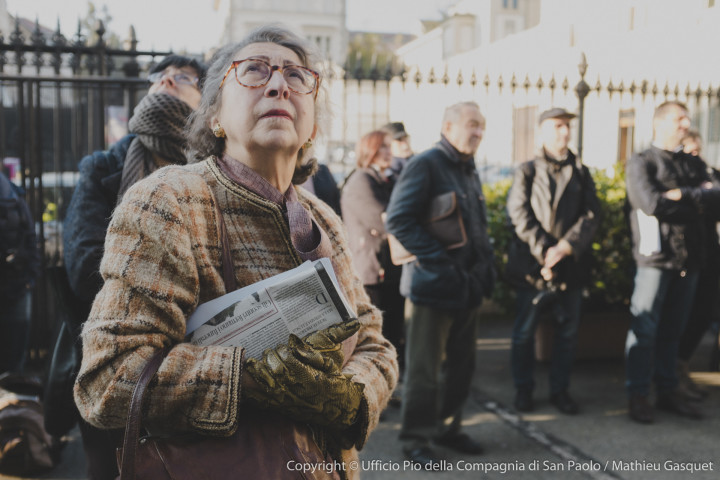
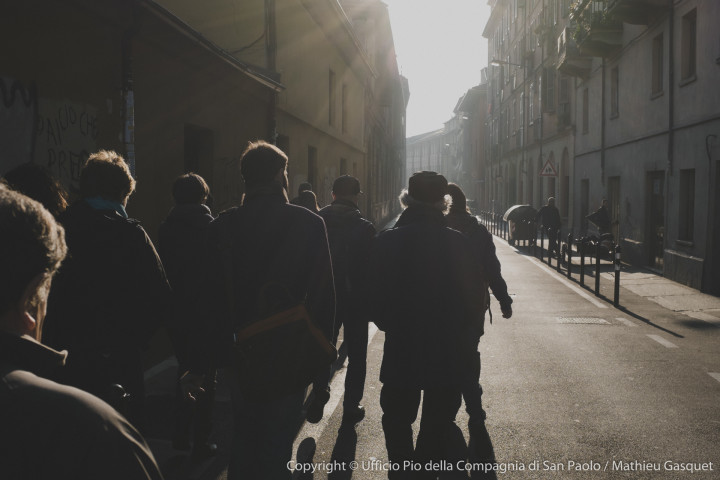


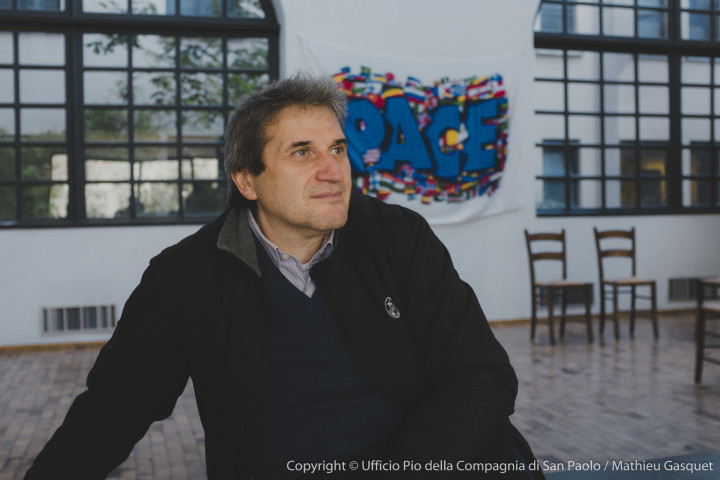
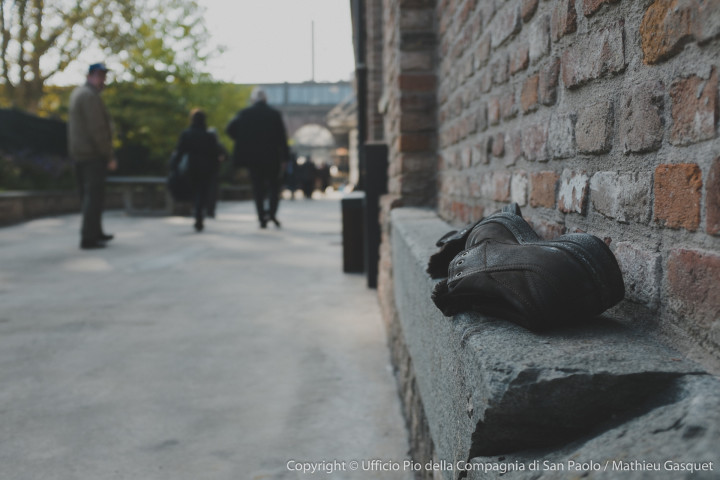
The X100s is extremely versatile if you believe it is
You might find a non-interchangeable prime lens limiting at first, but the more I use it the more versatile it becomes in my hands. More versatile than I’d ever imagined, to be honest. I’ve managed to take a wide variety of photographs, from landscape to portraits and I’ve never felt chained down by it.
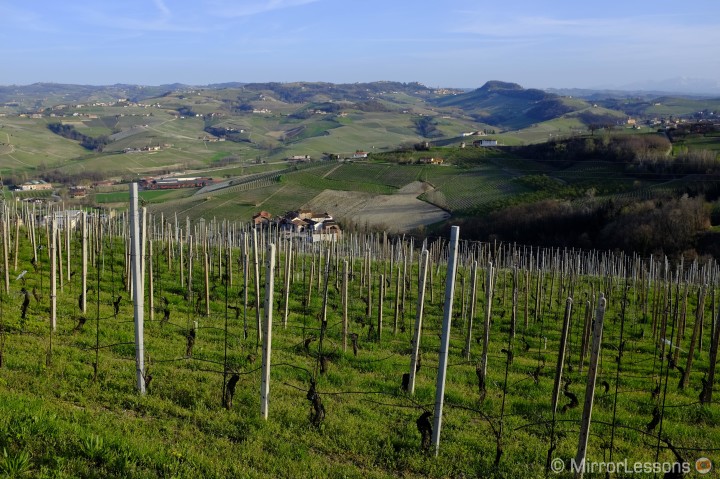

I also love using it to capture small details. The combination of the fast aperture and APS-C sized sensor gives me a lot of satisfaction for quick shots.
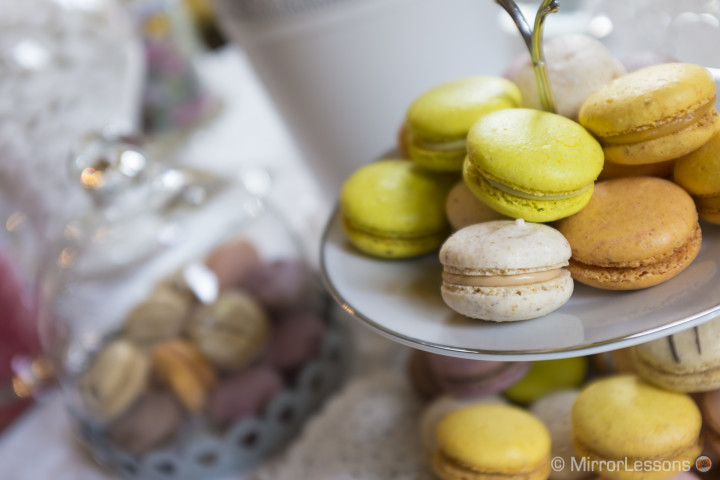

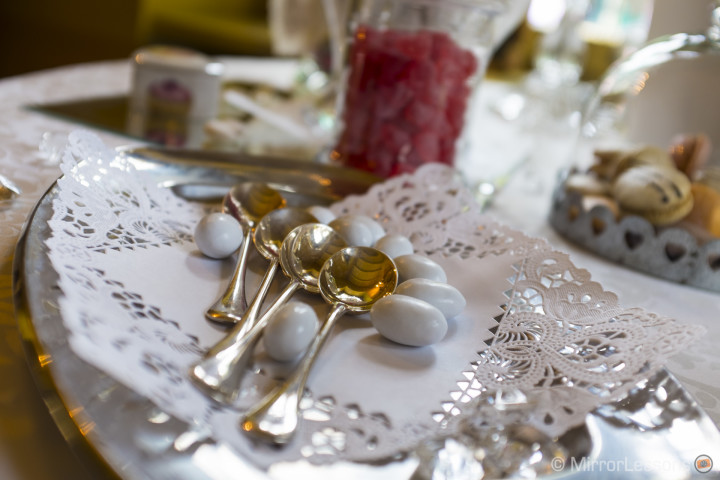
I occasionally take ambient shots with it as well. It is something that I prefer to do with the OM-D and a wide angle lenses but since the image quality of the X100s is amazing, a couple of extra shots with a 35mm equivalent focal length never hurt.
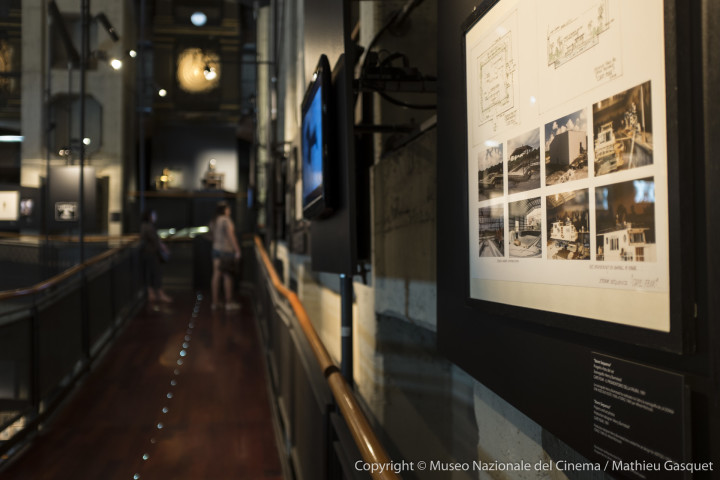
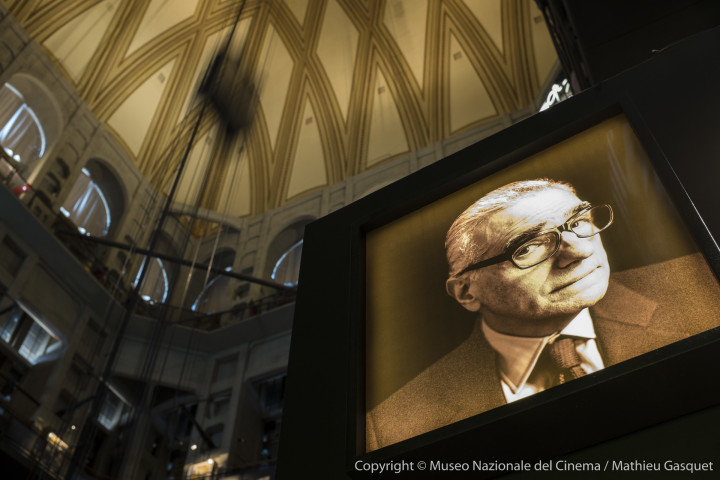
This is another reason I use it for both personal and professional work. I am so familiar with it now that I know exactly how to make its strengths and weaknesses work for me. Its image quality always manages to surprise me. I can trust its JPG engine when I don’t want to think about post-processing and just want to enjoy Fuji’s unique film-like colours.
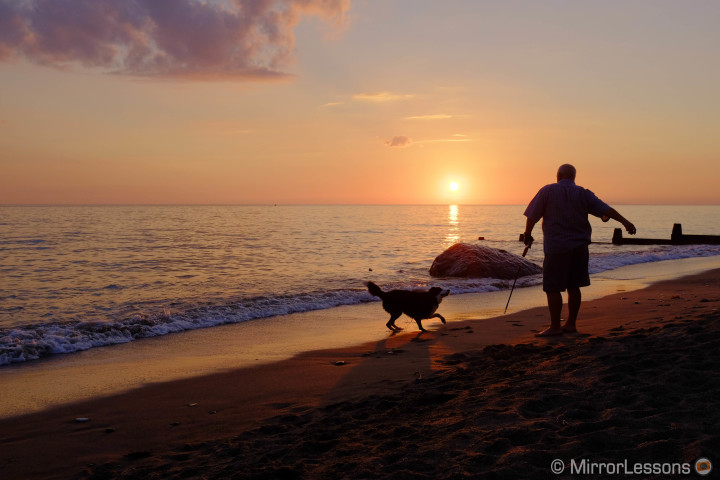
That said, the RAW version of the pictures are great to post-process as well, especially if you want to work with the dynamic range. You lose a little bit of the Fuji colours you find in the JPGs but that also allows me to differentiate my work as well. When I want to concentrate on colours, I use the JPGs. When I want my images to have a different look to Fuji’s film colours, I often use the Huelight picture profile in Lightroom for a better and more natural colour rendering or the Rebecca Lily Pro Set II which has been developed primarily for the Fuji X-trans sensor.
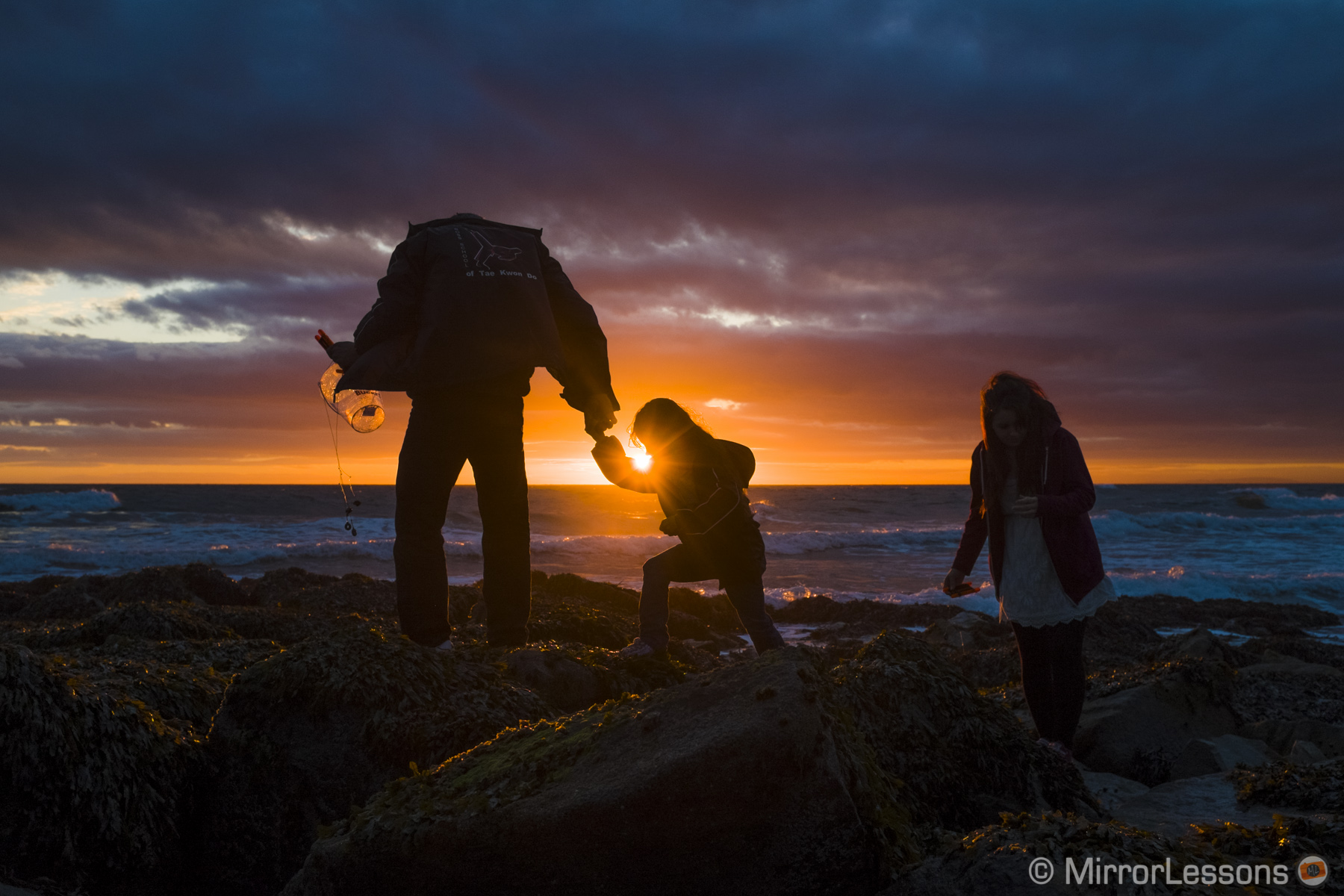

The camera also has many other great features that I love. The incorporated ND filter is amazing when you want a shallow depth of field in bright light. If you combine it with a backlight and flash, you can get some very interesting results.

The only real weakness is the autofocus. The X100s sensor has a hybrid phase/contrast detection AF but it takes time to trust it completely. At the beginning, I used to work in AF-S mode and would always wait for the green rectangle confirmation to appear on the viewfinder. However, doing so often slowed down operations as the camera would sometimes lose the focus once I completely pressed down the shutter release button. Moreover, if you take a second shot, the lens often refocuses completely, making you miss a moment that you wanted to catch right away.
But there are two ways to remedy to this. The first is to take the shot by pressing the shutter release button at 100% right away, or to decide not to wait for the AF lock confirmation. This means trusting the AF entirely and I must say that it works better. Otherwise, you can work in AF-C, where the AF motor remains constantly active and you won’t get the problem of the lens refocusing between one shot and another. It will drain the battery more but that is less of a problem as the X100s battery doesn’t last an entire day anyway. It is always better to have at least two on hand.
A question of balance
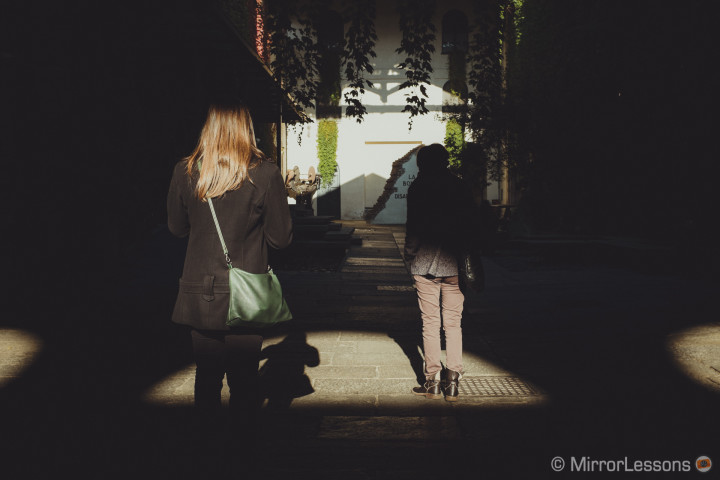
This article is based completely on the feeling I have with the camera. It works for me, it might not work for everyone. I always say that there is more than just pure image quality when you choose a camera to work with. The ergonomics, the ease of use, the pleasure you can have derive from a camera is often more important than megapixels and sensor size.
Is the X100s essential? Maybe not, but as long as I enjoy using it, then I’ll say that it is.
The X100s is the most balanced camera I’ve ever had the pleasure of using so far. By balanced, I mean that it represents for me the best mix of quality, compactness and usability. And that’s why I bring it everywhere. It doesn’t come without its faults, but when you really learn how to use it, you realise that it is one of the best tools in its category. It has a fixed non-removable lens, a fact that could seem limiting at first but offers another kind of freedom once you get used to it. For me, it really brings photography back to the basics: point and shoot. And while it cannot become my sole camera body, it represents a great addition to my work, even if it is a matter of obtaining that one extra special shot.
How about you? Do you have a camera that has almost become an extension of your body like the X100s has become for me? 🙂
You can check out my other articles about the Fujifilm X100s below:
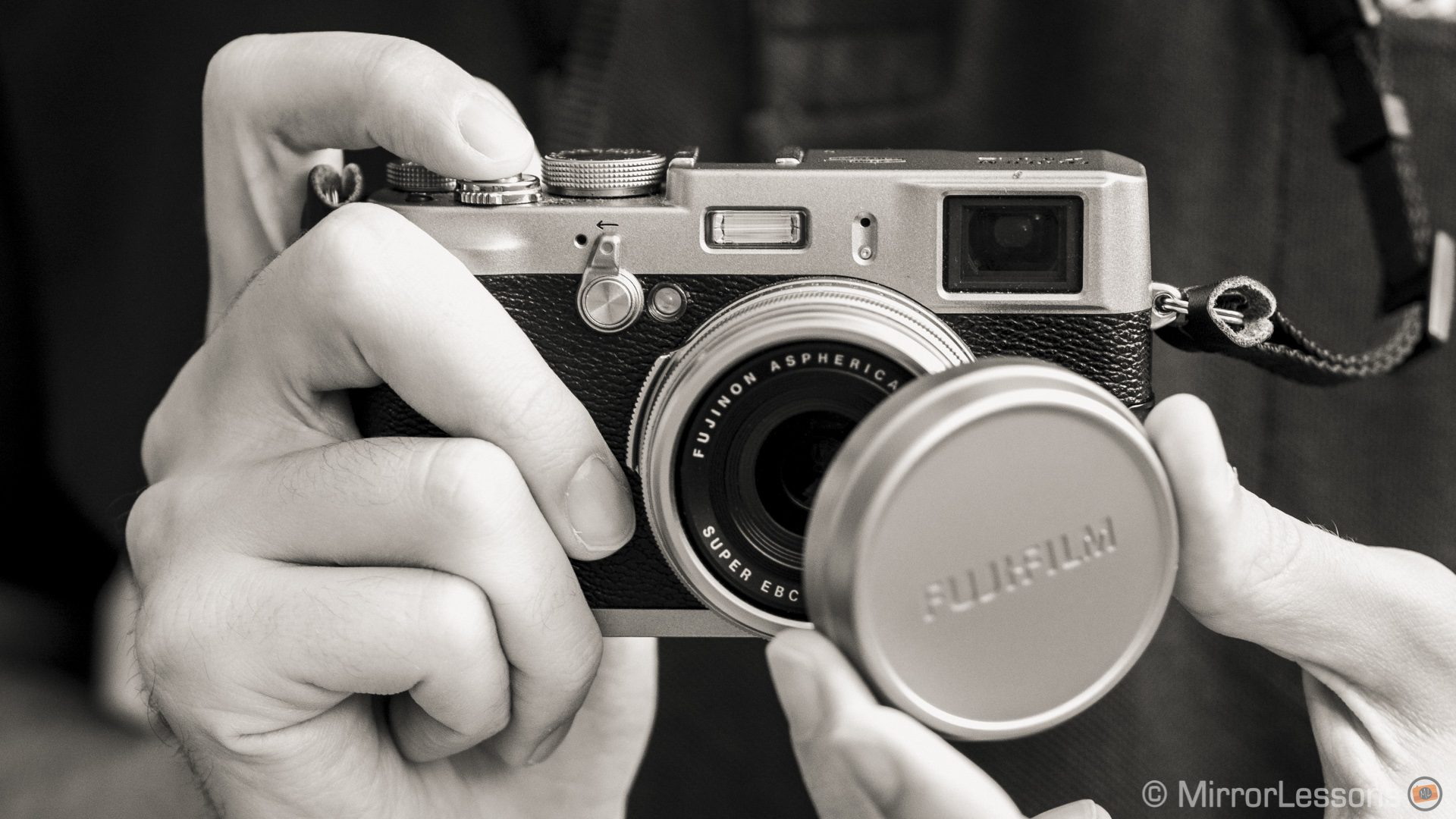
Thanks 🙂
There are differences between the X100s and X100T but not major ones. Image quality and AF system are the same so go with the X100s if you want to spend less 😉
(Sorry for my english ^^)
still confusing between X100s and X100t for my 2nd nikon camera, where big bulky and heavy to carry arround with my son and wife…
the X100s is more cheaper now in my country when the X100t showing up!
maybe I’ll go with fuji x100s after viewing this article..
Btw, enjoying your blog somuch…
in my opinion, this the Best article of this type of camera.. (specially all Fuji X series)
very good detail information and nice photo sample gallery…
“Versatile if you believe it is” sums it up perfectly.
Very cool article…I made my decision yesterday and bought a black one….I used to have a Leica M6 with a 35mm lens and it was all I needed….then I bought a 5D and now I’m really tired of so much weight…I can’t wait…thanks for your article and sorry for my english…it’s not my first language 🙂
Hi João and thanks for your comment.
The A7 is an intriguing camera. I haven’t fully reviewed it yet because I want to take time and unleash its full potential. I also want to try more FE lenses. For work I mainly use an E-M1 now. I think that for events it has the best compromise: lightweight, super fast and the IQ is more than enough for most situations.
Congratulations Mathieu!
Great article. You mirror my professional experience. I’ve been a professional photographer and teaching photography for more than a decade now, started using mirrorless since the first PEN. Recently sold a D800e in favor of the small and amazing Sony A7 and bought some M lenses. I do miss the EM-5, gorgeous camera, but staying with a mirrorless system was and still is my main objective couldn’t justify m4/3’s vs Sony FE. Mirrorless for me is: light, fast, great IQ and the most important feature is that you can use any lens made in the history of photography.
The Fuji X100s looks wonderful in black, lets see what Fuji will bring latter this year.
Regards
João
Ciao Luciano. Thank you so much for your comment.
Regarding your “insane” thought, the question I might ask is: What is more insane, to not use your great Canon gear or to change it with something that you will use more often? 🙂
I saw your website and I understand completely why 95% of your work is done with medium format cameras. I’m sure the E-M1 can fill the remaining 5%.
Today many cameras and system are capable of producing very high quality pictures. Unless there is specific professional needs, like your work, an E-M1 is capable of handling most situations a DSLR can. And the OM-D being small and lightweight is more pleasant to work with.
My advice is to try it in a camera store. You will see how it feels in your hand, how it works, how it reacts, you can also take some pictures and view them back home. Image quality is important but it is also equally important to have a good feeling with a camera and to be ready to take it with you every day.
As for the X100s, ti capisco molto bene 😉
Hello Mathieu, first of all i’d like to make you my congratulations for your very great artchiles.
I’m a profesional photografer and i generaly (95%) use a digital back on a Medium format fujfilm 6X8.
I have also a Canon set with canon 5 d mark 1 , 14-70 f4, 24-105 f4, 85 f1,8 and 70-200 f2,8 . Generally i don’t use it also because it’s to heavy to carry on. a mounth ago i bought a fujifil x100s and a new world spread its windows. It is an incredible camera!!!!!! From this experience an insane ideam grew up in me: sale all my canon stuff and buy a Olympus omd- em1.
I’d like to know from you that you use it if it is an insane thought or not!?
Thanks alot for your time and kind reply.
Regards
Luciano
It’s true that the X100 was reborn thanks to the latest firmware update. Fuji is great for that.
Of course you can share this article, thanks Alex.
Great photos Mathieu. The same could be said about the original X100. It’s a great little camera that I love using more than my DSLR. The leaf shutter allow us to synch flash at high speeds, great for strobist work. The very silent shutter works great in the street. ISO performance is amazing for an APSC sensor.
Hope you don’t mind if I link your article to my future post in my own blog. Thanks and hoping to see more photos from you.
Cheers from Bangkok.
Nice article Stephane, thanks for sharing. What you wrote is exactly what I think about this camera as well 😉
This great article sums up exactly what I think of this little marvel. It’s a great tool, if you know how to use it.
I have written a little article about the Fuji X100s focused on street photography if you want to see it : http://www.theinspiredeye.net/fuji-x100s-for-street-photography-by-tranquillin-stephane-france/.
Thanx for this great site ! Cheers !
Thanks Kelvin, I really appreciate your comment.Your blog is also very interesting. I never tried Konica or Minolta lenses but I’ll let you know if I have the opportunity 😉
Thanks Mathieu,
I don’t… I use Minolta and Konica legacy lenses exclusively with my X-Pro. I haven’t tried using my Leica glasses and to be honest I barely have the urge to try since I am very happy with the results I get with the Minolta and Konica lenses. The M8 will usually have a 75mm or 90mm attached for when I need a longer reach, the X-Pro can have pretty much anything from 28mm/42FF EQ up to 50/58mm/75+FF EQ and the X100 at 35mm. And I am all set.
So sorry, I forgot to mention that I love the photos you present here… Beautiful work, a reminder of the capabilities of the little guy…
Thanks Kelvin. X-Pro1, X100 and M8, that’s an interesting trio 😉 Do you use Leica lenses with the X-Pro?
One of the best articles I have read regarding the X100, you said everything I would have said about the camera although I am using the X100 not the S. For me it is a back up to my X-Pro1, in some cases depending on what I feel I might encounter when going out on the street, I’ll include my Leica M8 as well just to be sure I have all grounds covered.
I second Paul’s opinion on the X100 and latest firmware update, the X100 is a totally different camera, a rebirth… Once again, fantastic article!
Kelvin
The X-E2 shares the same X100s sensor, so yes it is an X100s with interchangeable lens mount. But you lose some features such as built-in ND filter, silent mode and the hybrid viewfinder.
And the X mount makes it more a primary camera rather than a second body (unless you already own an x-pro camera).
Sorry, make that the Fuji XE 2
From what has been printed in initial reviews, everything you write about the X100s might be true for the Fuji XE1 – It sounds like it might be an X100s with interchangeable lens.
So I’m not the only one with the E-M5/X100(s) combo, nice to hear! 🙂
That X100 firmware update is great. Fuji is unique for this. It gave a second birth to an “old” camera. I’m sure a lot of people will buy it second hand or will aim for that wonderful black limited edition.
Snap! I use an em-5 professional work and had only used my x100 for personal stuff. But, the x100 is now a far better camera than when i first bought it (and I nearly gave up on it) the v2 firmware has made the focus reliable and generally the camera is now fast and reliable enough to use in front of clients. The em-5 consistently delivers images that clients never question, but there’s just a certain ‘something’ about the x100 image quality.